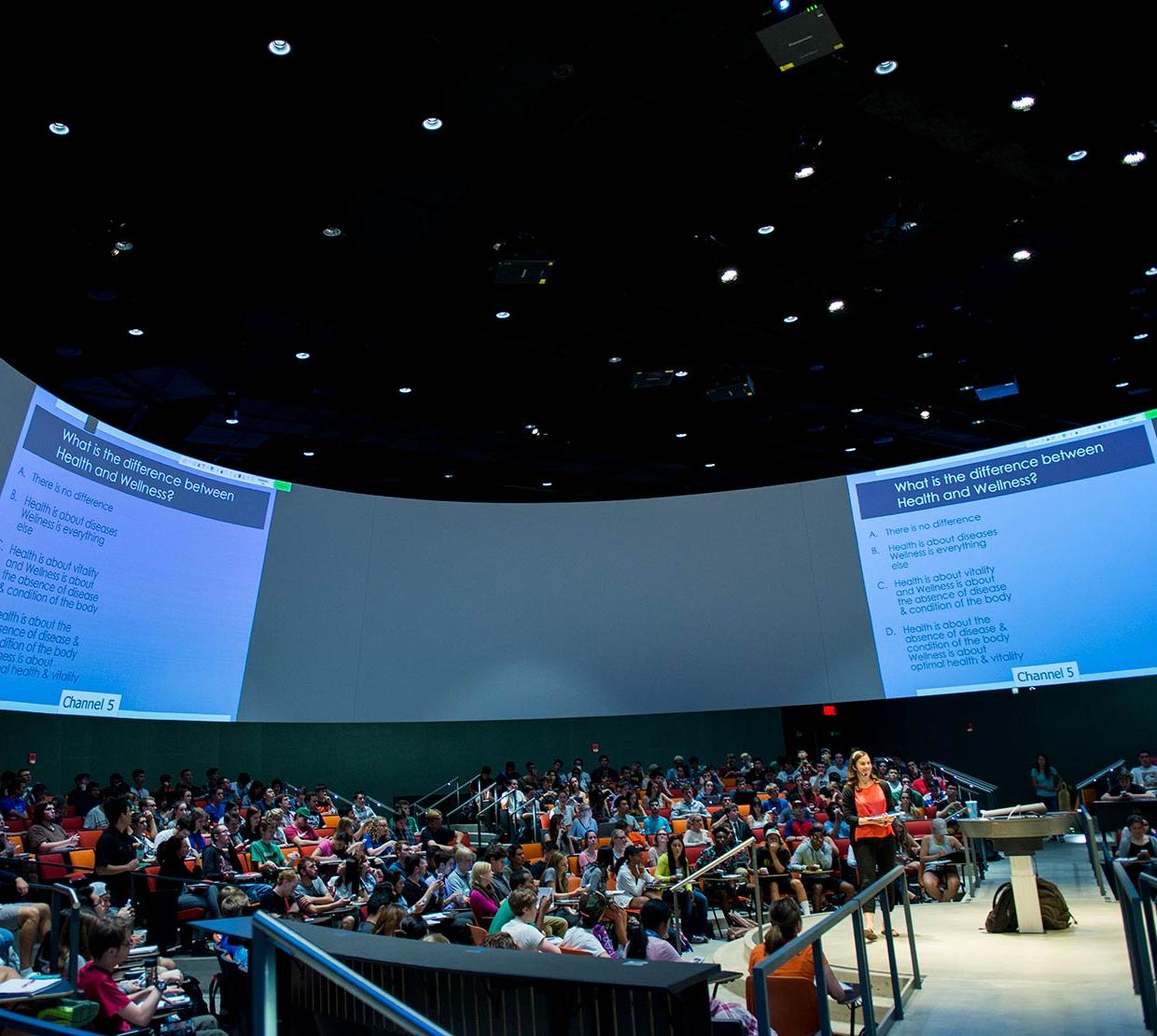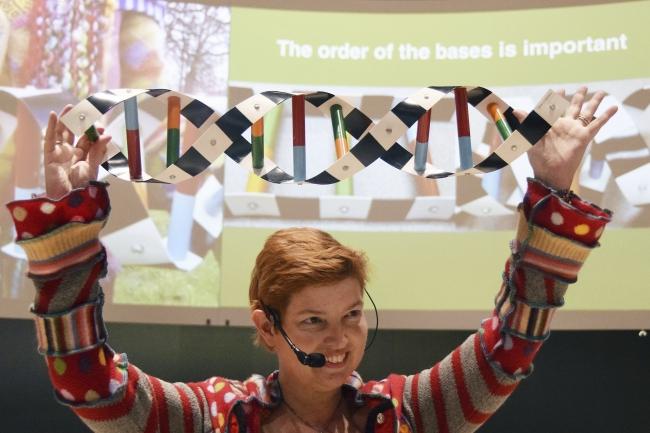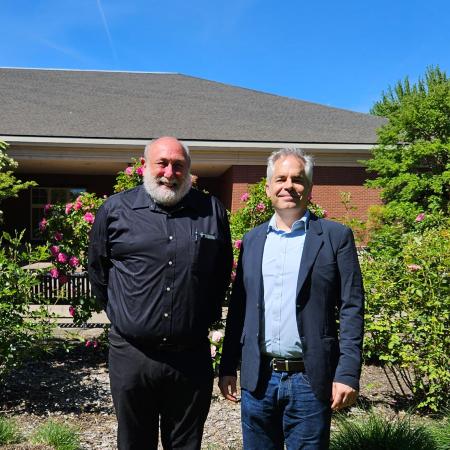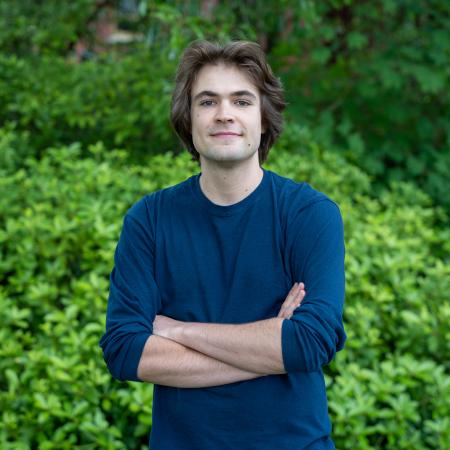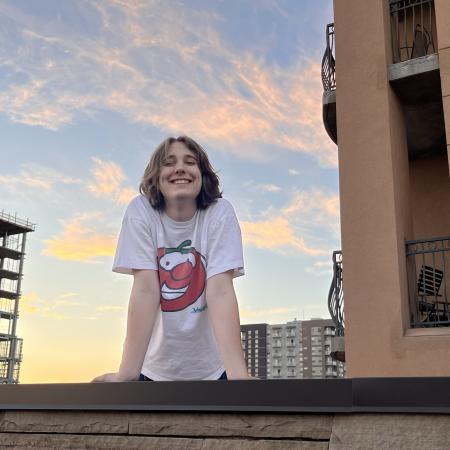Through the ESTEME@OSU (Enhancing STEM Education at OSU) project, Oregon State has conducted a comprehensive examination of its learning practices and is evolving them to transform its very culture of scholarship.
Supported by a $2 million grant from National Science Foundation’s Widening Implementation and Demonstration of Evidence-Based Reforms (NSF WIDER) program, OSU is broadly implementing evidence-based instructional practices in calculus-based freshmen- and sophomore-level courses in biology, chemistry, engineering, mathematics and physics.
The ESTEME@OSU project, led by Milo Koretsky and an interdisciplinary team including mathematics professor Tom Dick, is based on a theoretically grounded action research approach to organizational change. The College of Science is leading OSU in number of faculty trained as ESTEME Action Research Fellows focused on instructional design and learning.
This year, science faculty created and implemented many pedagogical and curriculum transformations combined with high-powered teaching and career development initiatives. They are arming students with the knowledge, skills and research experiences required to become effective scientists and leaders. They have essentially moved the needle on large lecture classes and evolved a set of best practices critical to improving scientific inquiry, communication and literacy as well as student success.
Active learning in biology
Since construction of OSU’s state-of-the-art Learning Innovation Center (LInC) in 2015, faculty have integrated multilayered interactive technology, active learning processes and instruction to enhance engagement and learning in large-format lecture science courses.
Biology instructor Devon Quick teaches 277 students in a circular arena classroom equipped with wall-to-wall screens with 10 well-trained undergraduate student learning assistants (LAs). The LAs circulate and work with students on an assigned question, engaging them through questions and dialogue to probe the conceptual thinking behind their answers.
Quick teams up with colleague Lori Kayes to teach large classes. Both are 2016 Action Research Fellows. In 2016, Quick received the OSU Faculty Teaching Excellence Award.
“One thing we were both interested in was changing our classrooms to a more active learning classroom, giving students more responsibility for their learning,” Quick said.
“We created more open-ended questions that would allow students to theorize or make predictions, and sometimes when learning that way students need immediate feedback. But how do you do that when there is one of you and 600 of them?” posed Quick.
The solution came in the form of the ESTEME program, which enabled Kayes and Quick to enhance the learning assistants program. They trained top undergraduates to facilitate peer discussions and class activities. LAs foster in-class learning by providing individualized feedback as students grapple with complex clicker questions posed by the instructor or classmates. This experience builds the confidence of the student LAs and creates strong connections with their learners.
Kayes and Quick trained over 60 LAs this year, and reported successful results in an essay, “Promoting Engagement in the (Sometimes Very) Large Lecture Classroom,” published in The Scholarly Teacher. Their enthusiasm for the LA program is infectious and is expanding to their colleagues at OSU and beyond.
Project boxsand in physics
2015 Fellow and physics instructor KC Walsh is conducting research to understand how his students interact with online physics content. This “flipped” classroom—hence ‘Boxsand’—has students engaging with course content online and use class time for problem solving and critical thinking. He is focused on what content students access, the order they access it, and how that correlates with performance.
Reflective of other out-of-the-box thinking, Assistant Professor of Physics Liz Gire is a co-PI on a new NSF-funded project “Raising Physics to the Surface.” The project involves creating dry-erasable surfaces and other manipulatives that can be used to teach advanced physics by helping “students coordinate their understanding of contour maps, physical 3D surface and equations to study physical systems.” Both Walsh and Gire have made valuable contributions to the nationally acclaimed Paradigms in Physics program.
Mindsets in mathematics
Mathematics instructor and 2015 Action Research Fellow Scott Peterson is exploring how students’ beliefs, such as a growth mindset, the need for persistence, and/or mathematical reasoning change during an algebra course. He is especially interested in the aspect of the course that causes that change, including the instructor’s talk, group work, etc.
Colleagues and 2016 Fellows Dan Rockwell and Nicole Seaders are examining three types of interactive lecture styles to determine how they impact students and teachers’ perception of learning, if a particular approach is “better,” and whether one style resulted in greater improvement than another. The Math department is exploring innovative curricula, adaptive learning technologies and alternative pathways for student success.
Chemistry curriculum innovations
Instructor and 2015 Fellow Richard Nafshun is studying if the amount of time devoted to topics in the curriculum is appropriate or if adjustments are needed based on a student’s pre-test data. His colleague, Kristen Ziebart is exploring, “Promoting Conceptual Understanding of General Chemistry with Short Writing Tasks,” to learn to what extent after class activities (reflection process, writing, instructor feedback, etc.) are responsible for higher exam scores, which activities improve course performance, and whether certain demographic groups of students benefit more or less from them.
Associate Chemistry Professor Chong Fang, a 2016 Fellow, is studying interactive engagement to elevate student interest and accountability as a doer, and to effectively communicate physical chemistry’s abstract concepts to cross-disciplinary learners. Faculty across the college are developing and using innovative techniques to help students learn and to be successful beyond the classroom.
